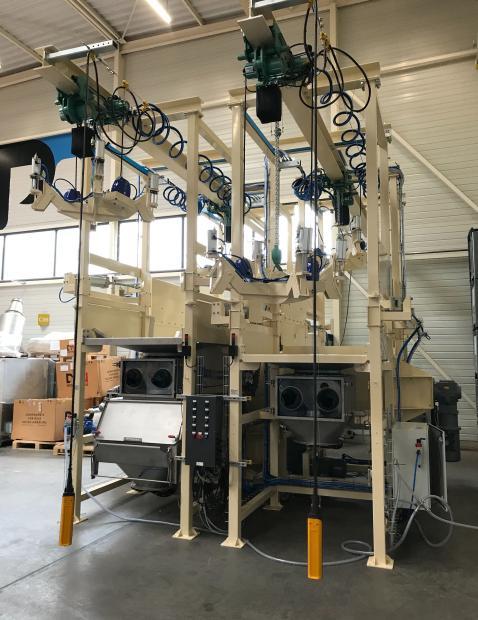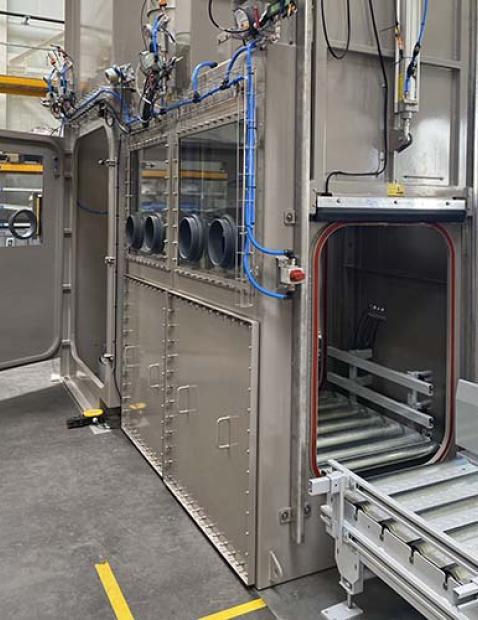1. Objective
AdBlue is produced for distribution to businesses and individuals. The choice of packaging format must be adapted to each need.
Do you want to produce AdBlue? This requires knowledge of the different packaging devices available to make the most appropriate choice when selling AdBlue.
2. IBCs/containers
IBCs (Intermediate Bulk Containers) are compact and transportable storage formats with capacities ranging from 450 to 3000 litres. These containers allow for the efficient transport of large quantities of AdBlue from storage to distribution.
They consist of a cubic tank, often made of plastic, with a tap at the bottom for easy liquid transfer and emptying, and an opening at the top that serves mainly as an inlet for the contents, but can also be used to insert a pump. This tank is covered by a metal cage that protects it while making it possible to transport the IBC or attach straps to it. This assembly rests on a pallet that keeps the tank low to the ground to prevent punctures and spills. Since AdBlue storage is very temperature dependent (it must be kept between 5 and 20°C), it is worth considering IBCs that are compatible with thermal covers, which can be strapped to the metal cage, to prevent cooling or heating of the liquid.
The IBC is therefore the most suitable AdBlue container for short term storage and transportation. Companies such as Auer, Fidel-Fillaud, Axess and Werit produce IBCs that can store AdBlue.

Are you looking for an AdBlue filling solution?
I am available to discuss the subject.
Guillaume, powder expert
3. Cans and drums
To facilitate the transport of AdBlue over short distances or for small quantities (e.g. for personal use), it is convenient to use more human-sized storage devices, such as cans or drums.
The canister is designed to be carried by hand, hence its small capacity, and is often accompanied by a pouring spout to facilitate pouring into the engine tank.
Drums can be mounted on wheels or trolleys to make them easier to transport and supply. They are often equipped with a pump to serve the AdBlue. This is a practical solution for a refuelling trolley as it is mobile, has a large capacity and a high flow rate due to its pump. The most sophisticated of these are equipped with measuring instruments to keep track of the Adblue level in the drum.
In general, these AdBlue storage devices have a capacity of about 10 litres. They are readily available on the market.
Palamatic Process has developed turnkey Adblue production processes: PalBlue Process® and PalBlue Skid®.




















